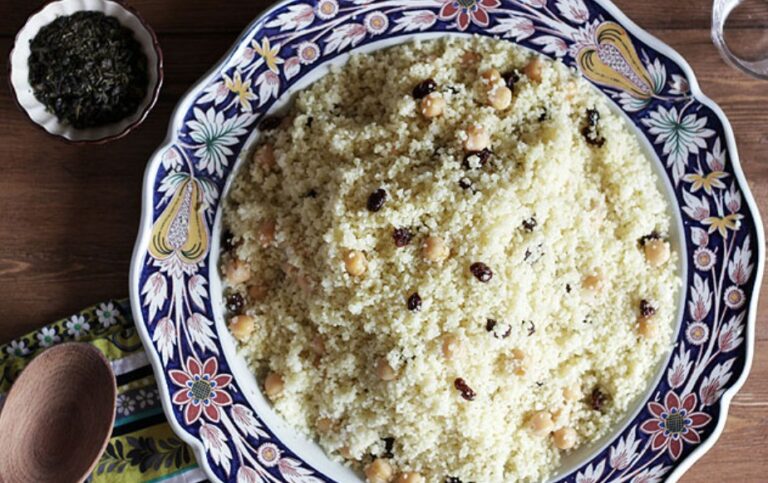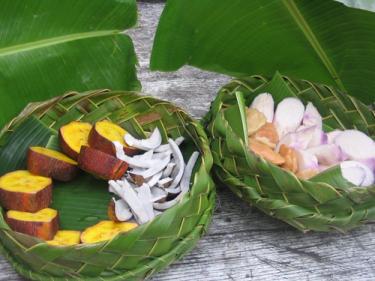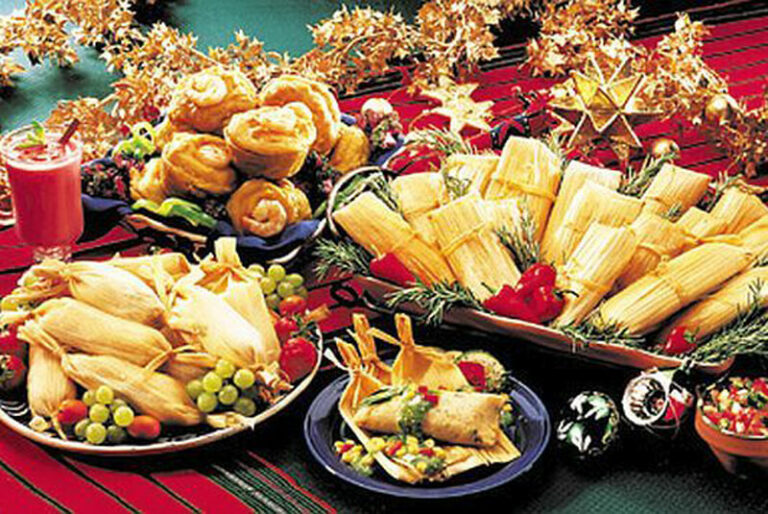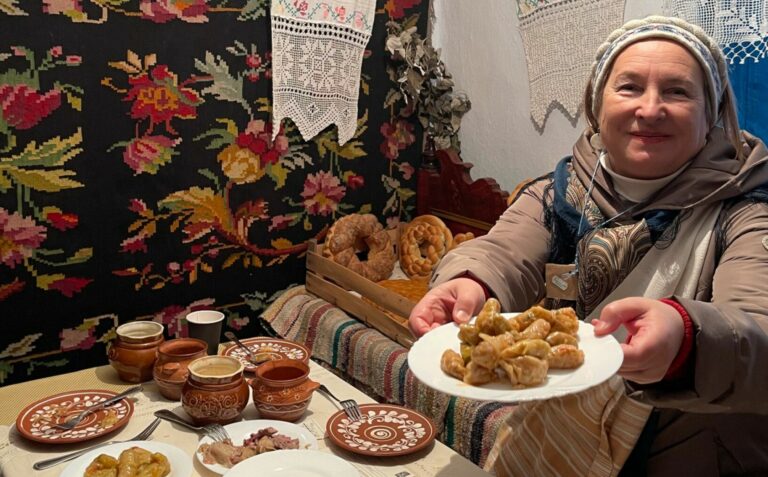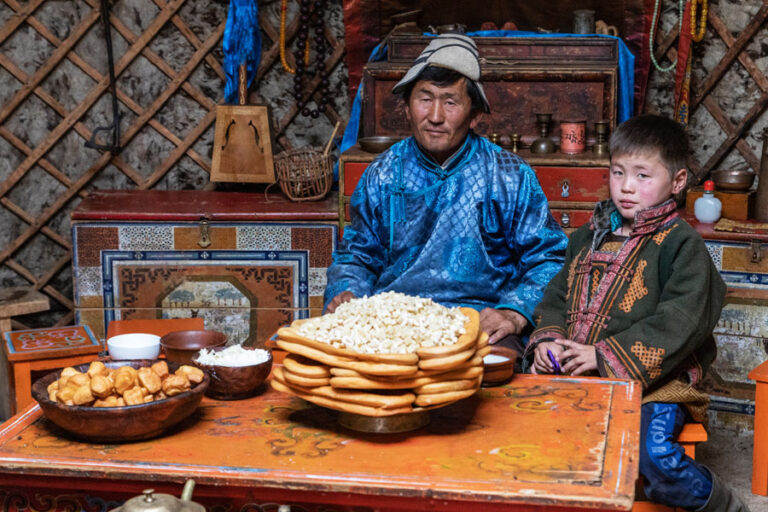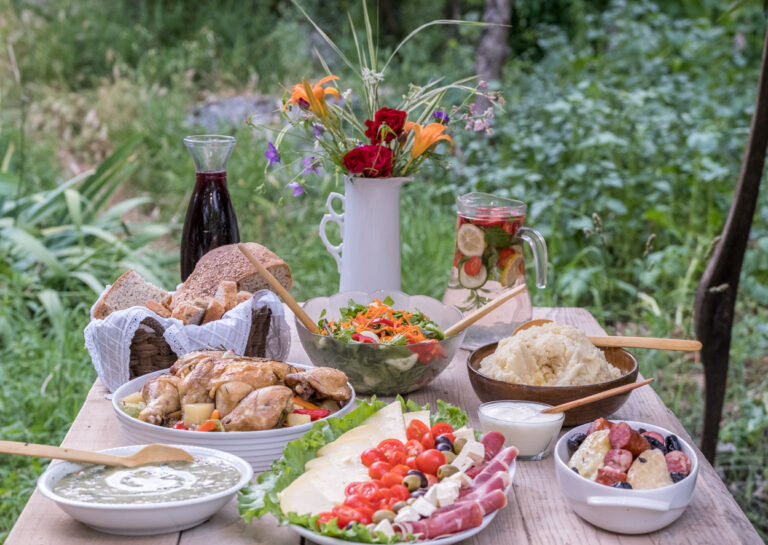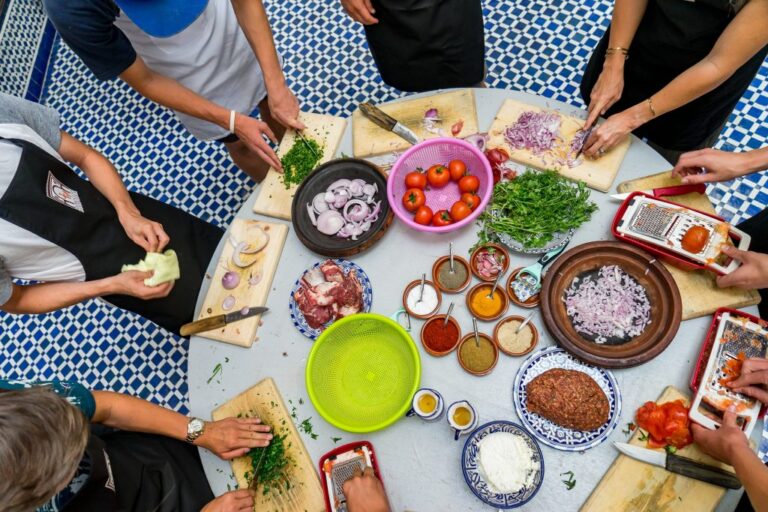Introduction: Food in Mauritania
Mauritania is a country in West Africa that shares its borders with the Atlantic Ocean, Western Sahara, Algeria, Mali, and Senegal. The country is known for its vast desert landscapes, rich cultural heritage, and delicious food. The cuisine of Mauritania is a mix of different cultures and influences, including Arabic, African, and Berber cuisines. The traditional Mauritanian dishes are hearty, flavorful, and often spiced with a blend of local spices and herbs.
Islamic Festivals and Traditional Cuisine
Islam is the dominant religion in Mauritania, and the country celebrates several Islamic festivals throughout the year. These festivals are often associated with traditional foods that are prepared and shared with family and friends. The most important Islamic festivals in Mauritania are Eid al-Fitr, Eid al-Adha, and Ramadan.
Eid al-Fitr: Traditional Foods to Celebrate
Eid al-Fitr is a three-day festival that marks the end of the holy month of Ramadan. The festival is celebrated with great joy and enthusiasm, and people prepare traditional dishes to share with their loved ones. One of the most popular dishes during Eid al-Fitr is Cosaan, a sweet porridge made with millet, sugar, and spices. Other traditional foods include Thieboudienne, a rice and fish dish, and Maafe, a stew made with meat, vegetables, and peanut butter.
Eid al-Adha: The Festival of Sacrifice
Eid al-Adha is another important festival in Mauritania, which commemorates the willingness of Ibrahim (Abraham) to sacrifice his son as an act of obedience to Allah. The festival is celebrated by sacrificing an animal, usually a sheep, and sharing the meat with family, friends, and the poor. Traditional dishes during Eid al-Adha include Mrouzia, a sweet and savory lamb tagine, and Lahm Lhalou, a stew made with lamb, honey, and almonds.
Ramadan: Fasting and Feasting
Ramadan is one of the holiest months in the Islamic calendar, during which Muslims fast from dawn to dusk. The fast is broken every evening with a communal meal known as Iftar. Traditional Mauritanian dishes during Ramadan include Chakhchoukha, a pasta dish served with meat and vegetables, and Bouza, a sweet and creamy drink made with millet and spices.
National Independence Day: Traditional Dishes
Mauritania celebrates its National Independence Day on November 28th, which marks the day the country gained its independence from France in 1960. Traditional dishes during this holiday include Couscous, a North African dish made with semolina, vegetables, and meat, and Thiebou Yapp, a rice and beef dish. These dishes are often enjoyed with family and friends, and the holiday is celebrated with parades, fireworks, and other festivities.
In conclusion, Mauritania has a rich culinary heritage that is closely tied to its culture and traditions. The country’s traditional dishes are not only delicious but also reflect the diversity and complexity of its history and people. Whether it’s during a religious festival or a national holiday, food plays an important role in bringing people together and celebrating the richness of Mauritanian culture.

